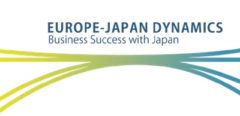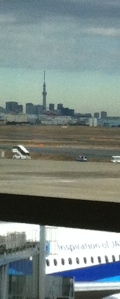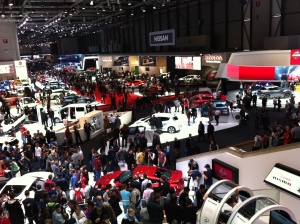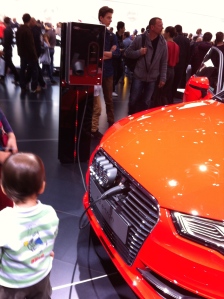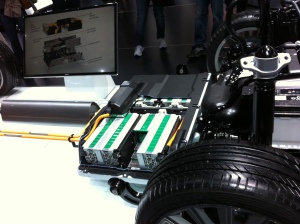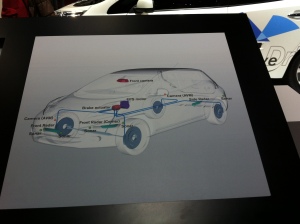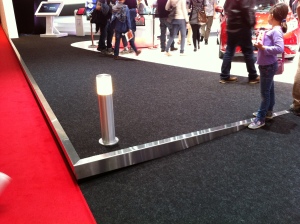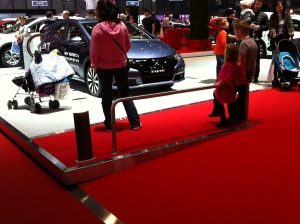Please enjoy fresh & hot news from Japan with comments by Europe-Japan Dynamics.
4 Jul. Heat of 36.1 degrees hit Wakayama, “Be careful!” said Meteorological Agency
It became severely hot mainly on the Pacific side of Japan on the 4th, and temperature rose rapidly. The temperature rose above 35 degrees in several cities already in the morning. At noon, it recorded 36.1 degrees in in Shingu-shi, Wakayama, 35.9 degrees in Kawanehon-cho, Shizuoka, 35.4 degrees in Kamikitayama-mura, Nara, 34.5 degrees. The tempereture rose to 34.3 degrees in Ozu-shi, Ehime, and 34.5 degrees in Hirakata-shi, Osaka.
Comments: Such an extraordinarily high temperature is scarcely. It may signal some disorder happening in our planet.
5 Jul. Glico ice cream extremely popular in Thailand, developing its ice-cream business in Southeast Asia
A major confectionery, Ezaki Glico (Osaka-shi) place emphasis on ice cream business in Southeast Asia. The company started selling its ice cream for the first time in Thailand for its overseas business in January and is beginning the sale and production within this year in Indonesia. Having the Glico brand popular abroad, the company will develop business in growing markets in Asia.
Comments: The Japanese food industry is also developing in Southeast Asia.
6 Jul. The 18 years old, getting the right to vote from the forthcoming election, the high school newspapers assert importance of continued interests
Newspaper clubs of high schools takes up as a subject of an article “the right to vote for the 18 years old”. Some reports results of a questionnaire survey to ask if one would go for a vote, and others analyses “political neutrality” for the school. Teachers expect those papers raise interests in the election of students of 18 years old, as high school papers are familiar media for them.
Comments: The high school papers provide good opportunities for the youngest voters to think of what is the voting bring for them.
7 Jul. Japanese Astronaut Onishi left for space trip for 4 months, space spaceship Soyuz placed on the orbit
The Russian spaceship Soyuz which Japanese Astronaut Takuya Onishi (40) and others boarded was launched at 7:36 a.m. on 7th July (Japan time 10:36 a.m.), from Baikonur space station in Kazakhstan. Onishi stays in the International Space Station (ISS) for approximately four months and undertake scientific experiments. He is the sixth Japanese astronaut who stays in the ISS for a long time and it is the seventh time for the Japanese to join in the ISS.
Comments: It is great that the space technologies are used for the advancement of the science.
8 Jul. Meiji Yasuda Mutual Life Insurance Co. to extend retirement age to 65 years old, the first time among major life insurance companies
Meiji Yasuda Mutual Life Insurance Co. decided to extend the retirement age of all full-time employees to 65 years old from 60 years old. The purpose is to utilize the resources of the expert staff. The company will implement the plan from April, 2019, after a labor and management discussion. This is the first case for major life insurance companies tto extend the retirement age of all full-time employees to 65 years old.
Comments: A number of other companies may follow this case, as companies must utilize resources of the employees with experience when population of younger generation is decreasing.
- All the news items are picked up from “Asahi Digital”, and summarized and translated by Europe-Japan Dynamics. The articles are not an official translation by the Asahi Newspaper.
